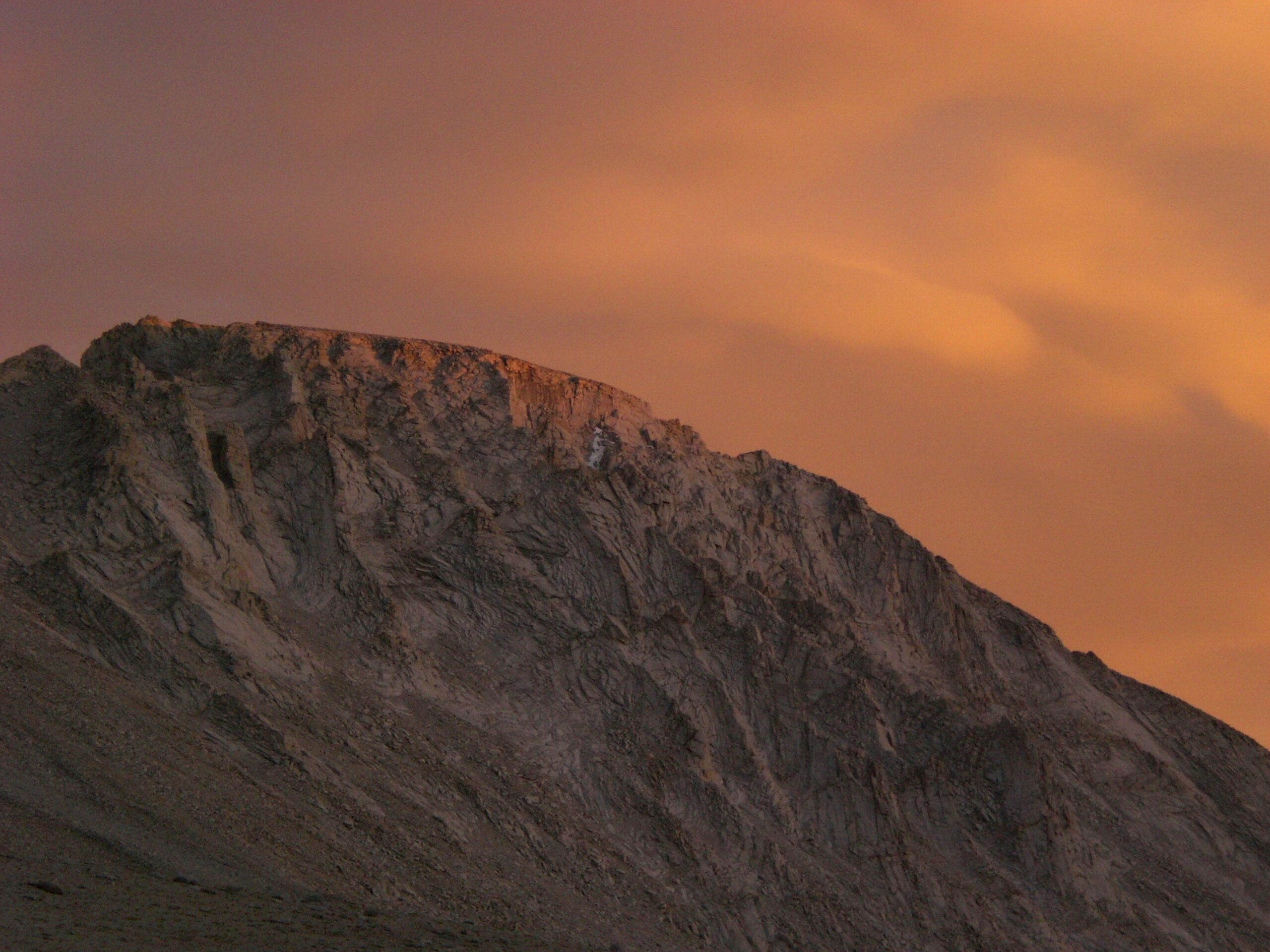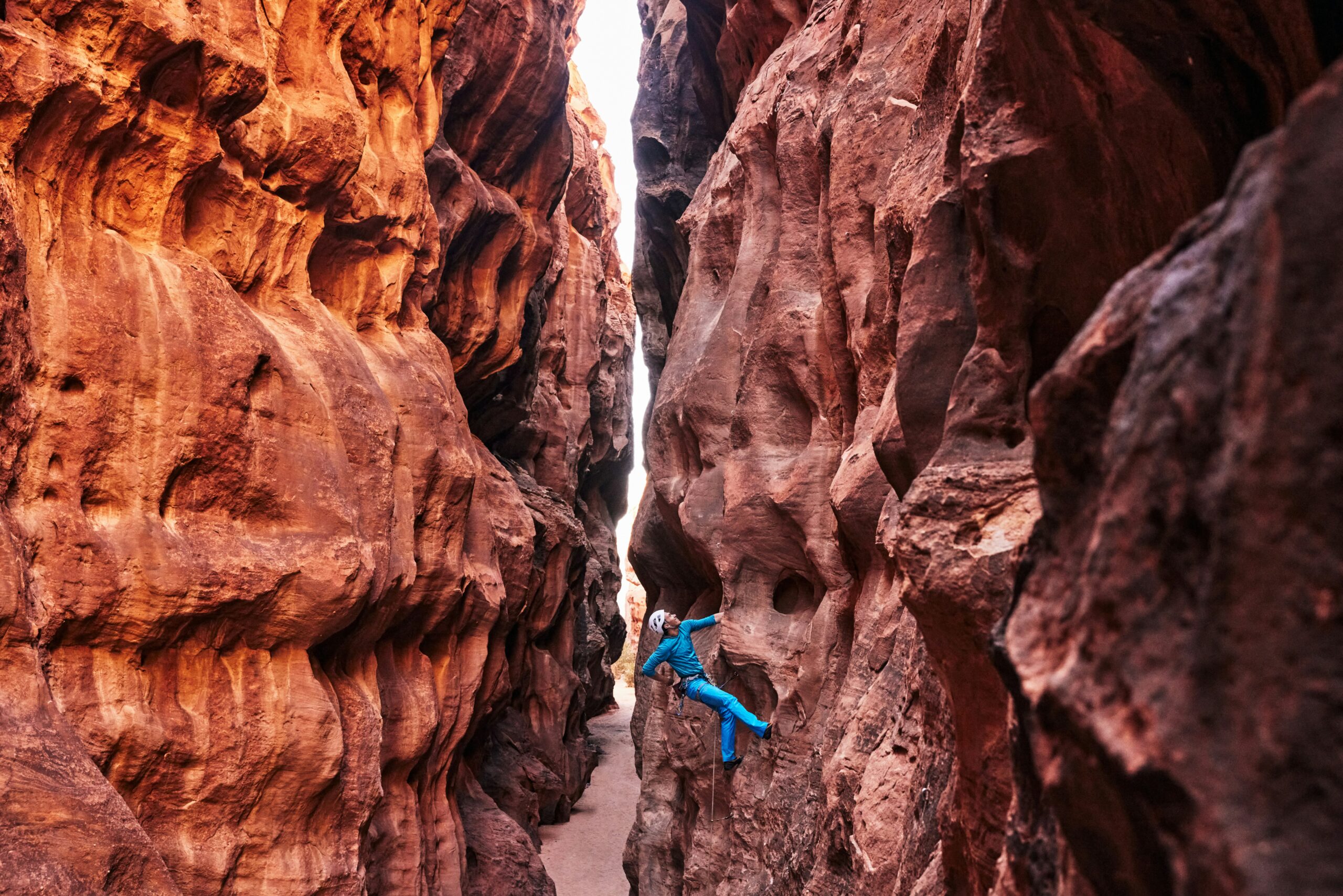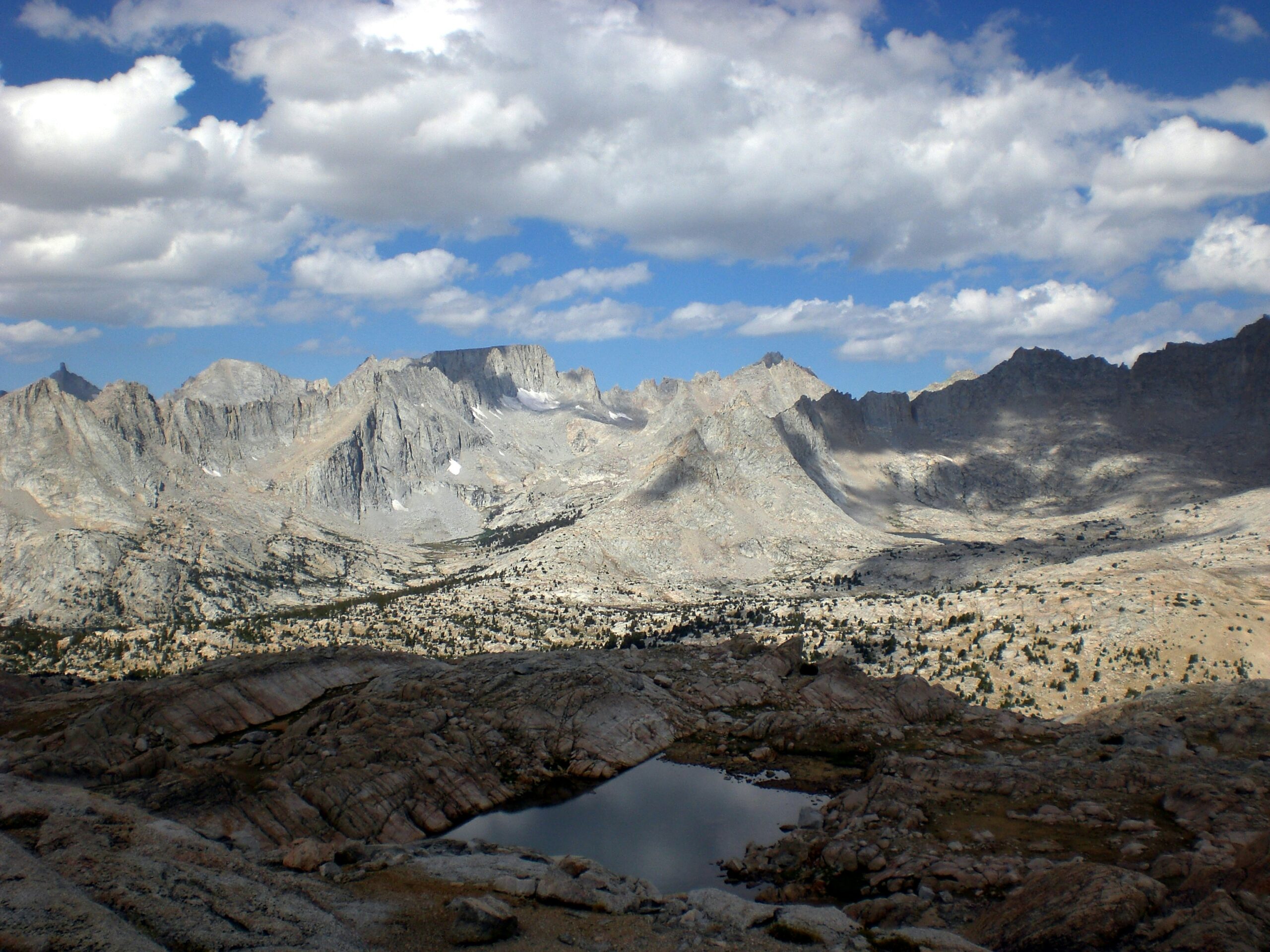Are you considering taking on the challenge of climbing Mount Shasta? As you prepare for this exhilarating adventure, you may find yourself wondering what type of training you should undergo to ensure a successful and enjoyable climb. In this article, we will explore the various aspects of training that are crucial for conquering Mount Shasta. Whether it's improving your cardiovascular fitness or strengthening your muscles, we will provide you with valuable insights and tips to help you prepare for this mountainous endeavor. So, let's start on this journey together and get ready to conquer Mount Shasta!

Understanding Mount Shasta
Geographical attributes of Mount Shasta
Mount Shasta, located in Northern California, is known for its majestic beauty and imposing presence. Standing at 14,179 feet tall, it is the second highest peak in the Cascade Range and is a popular destination for climbers. The mountain is a dormant stratovolcano, consisting of layers of hardened lava, volcanic ash, and debris. Its prominent snow-capped summit is a sight to behold and attracts adventurers from all over the world.
Climatic conditions
Climbing Mount Shasta requires a thorough understanding of its climatic conditions, as they can greatly impact your experience and safety. The mountain has a Mediterranean climate, characterized by hot, dry summers and cold, wet winters. The weather can change rapidly, even during the summer climbing season, so it is crucial to be prepared for all kinds of conditions. Fog, strong winds, and low visibility are common on the mountain, particularly at higher elevations.
Best time for climbing
The best time to climb Mount Shasta is typically during the summer months, from May to September. During this period, the weather is generally more favorable, with milder temperatures and fewer storms. However, keep in mind that even during the summer, conditions can be challenging, and it is important to check the weather forecast before embarking on your climb. It is advisable to avoid climbing in the winter unless you have significant experience and are well-equipped for extreme cold and snow.
Physical Training for Mount Shasta
Cardiovascular exercises
Prioritizing cardiovascular fitness is essential when preparing for a Mount Shasta climb. Engaging in activities such as running, hiking, cycling, or swimming can help improve your endurance and stamina. These exercises increase your lung capacity and train your body to utilize oxygen more efficiently, which is crucial at higher altitudes where the air is thinner. Aim for at least 3-4 sessions of 30-60 minutes of cardiovascular exercise per week.
Strength and core training
Building overall strength is crucial for navigating the challenging terrain of Mount Shasta. Incorporate exercises that target your legs, back, arms, and core muscles. Squats, lunges, deadlifts, push-ups, and planks are great exercises to incorporate into your training routine. The stronger your muscles, the better equipped you will be to handle the physical demands of climbing, especially when carrying a heavy backpack.
Flexibility and balance exercises
Maintaining flexibility and balance is key to navigating the uneven and often treacherous terrain of Mount Shasta. Incorporate stretching exercises, such as yoga or Pilates, into your training routine to improve flexibility. Additionally, practice exercises that enhance your balance and stability, such as single-leg stands or balancing on unstable surfaces like a balance board or bosu ball. This will help you navigate rocky slopes and maintain stability on uneven surfaces.
Mental Preparation for the Climb
Developing a positive mindset
Mental preparation is just as important as physical training when it comes to climbing Mount Shasta. Developing a positive mindset will help you overcome challenges and stay motivated throughout the climb. Visualize yourself reaching the summit, envision the breathtaking views, and remind yourself of the sense of accomplishment and fulfillment that awaits you. Surround yourself with supportive and like-minded individuals who share your passion for climbing.
Stress management techniques
Climbing can be physically and mentally demanding, so it is crucial to have effective stress management techniques in place. Engage in activities that help you relax and reduce stress, such as meditation, deep breathing exercises, or spending time in nature. Being able to calm your mind and focus on the present moment will significantly contribute to your overall climbing experience.
Visualizing success
Visualization is a powerful tool that can enhance your climbing performance. Take time to mentally rehearse different scenarios and visualize successful outcomes. Imagine yourself navigating challenging sections of the climb with confidence and ease. Visualize the steps you need to take and the movements you need to make. This mental preparation will not only boost your confidence but also improve your problem-solving skills on the mountain.
Altitude Training
Understanding high altitude sickness
High altitude sickness, also known as acute mountain sickness (AMS), is a common concern for climbers ascending Mount Shasta. It occurs when the body is unable to adjust quickly enough to the decreased oxygen levels at higher altitudes. Symptoms of AMS include headaches, nausea, fatigue, dizziness, and shortness of breath. It is important to recognize these symptoms and descend to lower elevations if they worsen. Adequate acclimatization and gradual ascent are crucial to minimize the risk of AMS.
Acclimatization process
Acclimatization is the process of allowing your body to adjust gradually to the decreased oxygen levels at higher altitudes. When climbing Mount Shasta, it is important to plan for acclimatization days at various elevations to give your body time to adapt. This may involve spending a night or two at base camps or lower elevation sites before progressing to higher altitudes. Slowly increasing your exposure to higher elevations allows your body to produce more red blood cells, improving oxygen uptake and reducing the risk of altitude sickness.
Altitude training methods
In addition to acclimatization during your climb, you can also consider altitude training methods to prepare your body for the challenges of Mount Shasta. Altitude training involves simulated exposure to higher elevations through the use of altitude tents, masks, or chambers. These methods help stimulate physiological adaptations, such as increased red blood cell production, even before you arrive at the mountain. Consult with a healthcare professional or trainer experienced in altitude training for guidance.

Equipment Training
Understanding the climbing gear
Before embarking on a Mount Shasta climb, it is crucial to have a comprehensive understanding of the necessary climbing gear. This includes items such as mountaineering boots, crampons, ice axes, harnesses, ropes, and backpacks. Familiarize yourself with the purpose, function, and proper usage of each piece of equipment. Understanding how to properly choose and adjust your gear will ensure your safety and comfort throughout the climb.
Proper Use of Equipment
Knowing how to use your climbing gear correctly is essential for a successful Mount Shasta climb. Take the time to learn and practice essential techniques such as tying the correct knots, using crampons and ice axes efficiently, and belaying techniques. Attending a mountaineering course or seeking guidance from an experienced climber can provide invaluable knowledge and hands-on training in the proper use of equipment.
Maintenance and storage of gear
Proper maintenance and storage of your climbing gear are essential for its longevity and your safety. After each climb, thoroughly clean and inspect your equipment for any signs of damage or wear. Repair or replace any worn-out or damaged gear before your next climb. Store your gear in a dry, cool environment, away from direct sunlight, to prevent deterioration. Regularly check your gear throughout the year, even during off-seasons, to ensure everything is in good working condition.
Rock and Ice Climbing Skills
Basic rock climbing techniques
Acquiring basic rock climbing skills is essential for safely ascending Mount Shasta. Familiarize yourself with techniques such as footwork, handholds, and body positioning to efficiently navigate rocky terrain. Learn how to assess the stability of rocks and choose the most secure routes. Practice climbing on both indoor and outdoor rock walls to gain confidence and refine your technique.
Learn ice climbing skills
Ice climbing is another crucial skill set for Mount Shasta climbers, as the mountain features varying degrees of ice and snow throughout its slopes. Taking a course or receiving training from an experienced ice climbing guide can provide you with the necessary skills to navigate icy terrain. Focus on techniques such as using crampons and ice axes, front-pointing, and self-arrests to ensure your safety on the mountain.
Principles of ropework
Understanding the principles of ropework is essential for climbing in a team setting and ensuring the safety of all members. Learn how to tie appropriate knots for various situations, such as the figure-eight knot or double fisherman's knot. Practice belaying techniques, both for top-rope and lead climbing scenarios, to develop confidence and proficiency in managing ropes. Understanding techniques for building anchors and setting up efficient belay systems will also be crucial for longer, multi-pitch climbs.

Navigation Skills
Map reading
Developing proficient map reading skills is vital for navigating the complex and often intricate routes on Mount Shasta. Study topographic maps of the region to familiarize yourself with the mountain's features, including ridges, valleys, and prominent landmarks. Learn how to interpret contour lines, scale, and symbols to accurately locate your position and plan your routes. Practice map reading skills in various terrains to hone your ability to navigate in challenging conditions.
Using a compass
A compass is an essential tool for navigation when climbing Mount Shasta, particularly in situations where visibility may be limited. Familiarize yourself with the basic components and functions of a compass, such as the magnetic needle and cardinal directions. Learn how to take accurate bearings and use them in conjunction with a map to determine your direction of travel. Practice compass navigation in different environments to build confidence and accuracy.
Understanding GPS devices
While traditional map and compass navigation is essential, technology can also be a valuable tool for navigation on Mount Shasta. Understanding how to use GPS devices, such as handheld GPS units or GPS-enabled smartphones, can provide additional support and accuracy to your navigational efforts. Learn how to input waypoints, track your progress, and interpret GPS data effectively. However, always carry a map and compass as a backup, as GPS devices can malfunction or run out of battery.
First Aid and Survival Skills
Basic first aid training
Having basic first aid knowledge and skills is crucial for any climbing expedition, including Mount Shasta. Take a comprehensive wilderness first aid course to learn essential skills such as wound care, splinting, CPR, and managing common mountain-related injuries or illnesses. Carry a well-stocked first aid kit and make sure it is easily accessible at all times. Regularly review your first aid skills to ensure confidence and readiness in handling emergencies.
High altitude illness treatment
Understanding the symptoms and treatment of high altitude illnesses such as acute mountain sickness, high altitude pulmonary edema (HAPE), and high altitude cerebral edema (HACE) is essential for climbing Mount Shasta. Learn how to recognize the signs of these conditions and understand the appropriate steps to take in case of an emergency. This includes descending to lower elevations, administering appropriate medications, and seeking immediate medical attention when necessary.
Emergency situation handling
Being prepared to handle emergency situations is critical when climbing Mount Shasta. Familiarize yourself with emergency protocols, such as establishing communication plans with your climbing team and emergency services. Learn basic survival skills, such as building improvised shelters, making fire, and purifying water. Carry essential emergency equipment such as a whistle, signaling mirror, and lightweight emergency bivvy. Understanding how to navigate back to safety during unexpected circumstances is crucial for your safety and the safety of others.
Mountain Etiquettes and Respect
Minimizing environmental impact
As climbers, it is our responsibility to minimize our environmental impact on Mount Shasta and its surrounding ecosystems. Respect designated trails, avoid trampling on fragile vegetation, and practice Leave No Trace principles. Properly dispose of waste and carry out any garbage, including human waste, in designated containers. Be mindful of the fragile alpine environments and follow guidelines to preserve the natural beauty of the mountain for generations to come.
Respecting local culture and norms
When climbing Mount Shasta, it is essential to respect the local culture and norms of the area. Educate yourself about the indigenous communities and their connection to the mountain. Be mindful of any sacred or culturally significant sites and avoid trespassing or disturbing them. Treat local residents with courtesy and respect, and adhere to any rules and regulations set forth by local authorities. Engage with the local community in a positive and respectful manner, fostering a sense of cultural appreciation and understanding.
Following the climbers’ code
The climbing community has established a climbers' code to promote safety, respect, and good ethics on the mountain. Familiarize yourself with this code and adhere to its principles when climbing Mount Shasta. This includes respecting other climbers, yielding right of way, practicing good communication, and leaving the mountain as you found it. Be a courteous and supportive member of the climbing community, with a shared commitment to preserving the natural environment and promoting a positive climbing culture.
Route Planning and Weather Prep
Selecting the best route
Choosing the right route for your Mount Shasta climb is crucial for a safe and successful ascent. Research the different routes available and consider factors such as difficulty level, exposure, and your own experience and abilities. Study current guidebooks and online resources to gather information about each route's terrain, technical challenges, and potential hazards. Consult with experienced climbers or local mountaineering organizations for additional advice and guidance in selecting the most suitable route for you.
Understanding mountain weather
Understanding the mountain weather patterns on Mount Shasta is vital for your safety and overall climbing experience. Monitor the weather forecast closely in the days leading up to your climb and throughout your expedition. Be prepared for rapid weather changes, including sudden storms, strong winds, and low visibility. Familiarize yourself with the signs of changing weather conditions and have a clear plan in place for responding to adverse weather situations. It is always better to err on the side of caution and postpone or alter your climb if necessary.
Preparation for unexpected weather changes
Even with careful planning and monitoring, unexpected weather changes can occur while climbing Mount Shasta. Be prepared with appropriate gear, such as waterproof and windproof layers, extra food and water, and emergency shelter options. Ensure your climbing team is aware of the potential for rapidly changing weather and establish clear communication protocols in case of separation or emergencies. Practice situational awareness and be prepared to adjust your plans or seek shelter if weather conditions deteriorate suddenly.
By following these comprehensive guidelines, you will be well-equipped to embark on an unforgettable journey to conquer Mount Shasta. Remember to prioritize your physical training, mental preparation, and acquiring the necessary skills and knowledge to ensure a safe and successful climb. As you stand on the summit, taking in the breathtaking views, you will truly understand the awe-inspiring beauty and majesty that Mount Shasta has to offer.
